What is continuous machine learning?
In the world of Artificial Intelligence, a learning technique that is gaining more relevance is continuous machine learning. What is it?
What is continuous machine learning?
In the world of Artificial Intelligence, a learning technique that is gaining more relevance is continuous machine learning. What is it?
Introduction
Machine learning is the best-known branch of Artificial Intelligence, while deep learning is a specialized subset of machine learning. Both are areas of study of great interest. Recently, a learning technique that is gaining more and more importance and relevance is continuous machine learning (CML). What is it?
It is a methodological approach that is able to learn and adapt dynamically like humans do.
In general, the concepts that belong to the world of A.I. might seem difficult and far away from everyday life. Wrong. It is not like that at all.
They are more entrenched than you can imagine, in fact, a concrete use of continuous learning can be found in healthcare.
Here, instead, is a simple and practical example of this type of learning.
You are finishing watching the movie you started at home on your TV or in the metro from your smartphone and movie suggestions appear. It happens always and many times you like them and choose and start a new film straight away. Don’t you?
As you may well notice, these recommendations about what might interest you always change over time according to your new tastes or even new movies released. Well, that’s continuous learning.
Definition: what is continuous machine learning?
Continuous machine learning succeeds in solving and overcoming the limitations of machine learning. How? To understand it better, it is necessary to first define what machine learning is.
Machine learning (ML) is a part of Artificial Intelligence that uses algorithms to enable software to learn data without human intervention. A ML pipeline is the end-to-end construct that organizes the flow of data into a machine learning model. It starts with raw data input and ends with prediction outputs.
Below in detail how it works.
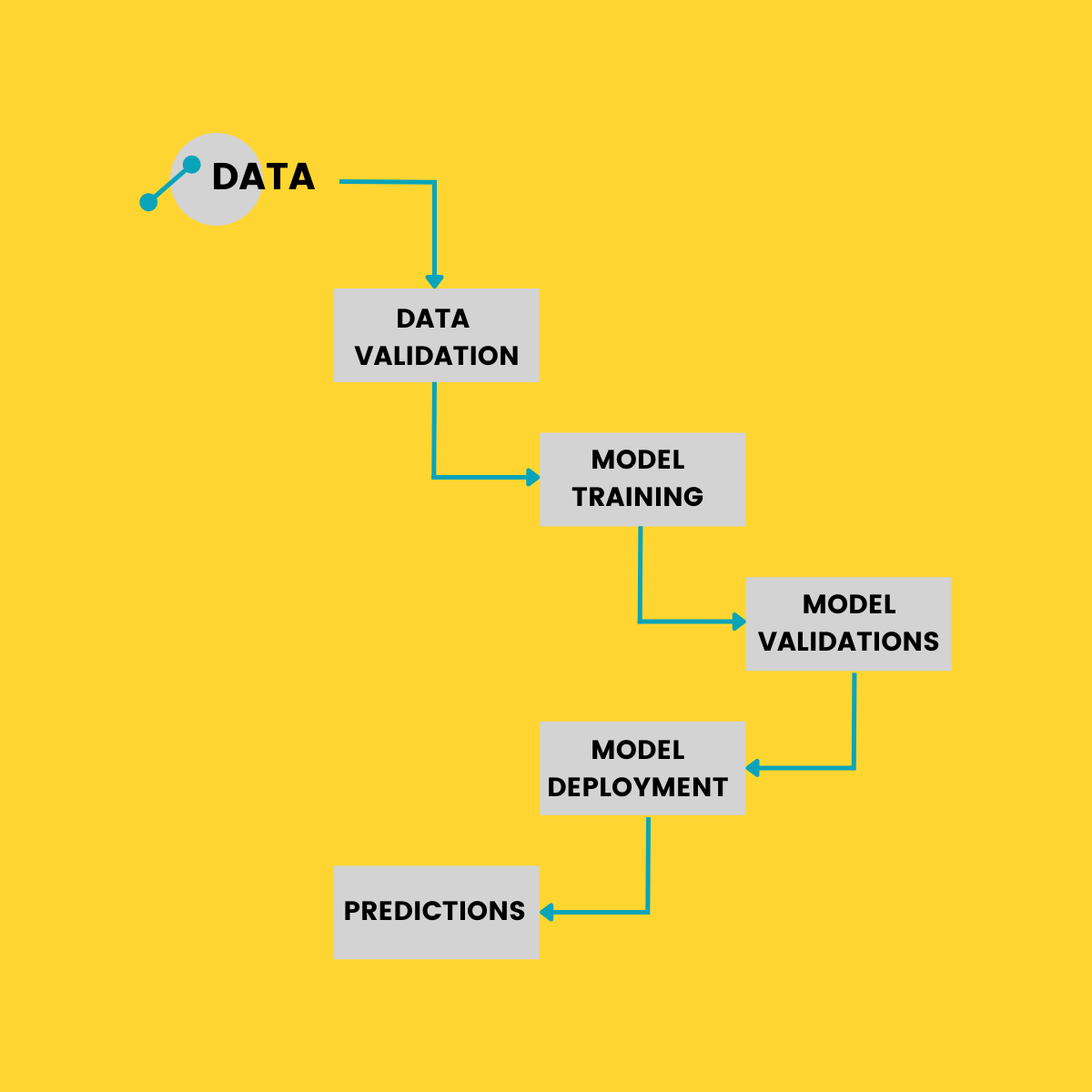
Machine learning pipeline
The problem, however, concerns the data. In fact, we take for granted that the data will be similar to that on which we carried out the training. This is not always the case. This is where continuous machine learning comes in.
Also called continual learning or lifelong learning, it is able to emulate the human being’s ability to continuously acquire and refine information. Thus, not only it can update the prediction model to include all the various tasks and data, but it is able to preserve, accumulate and reuse the knowledge learned over time. It doesn’t forget past and present learning experiences and it adapts to its specific tasks.
The result is high precision and high task performance due to the new data being used to automatically reprocess the model.
Continuous machine learning pipeline
Starting from the considerations related to the classical machine learning pipeline, CML offers the possibility to evolve the workflow and close the loop. This upgrade allows to make the entire process completely dynamic and thus able to modify its paradigm.
Let’s focus in depth on the algorithm.
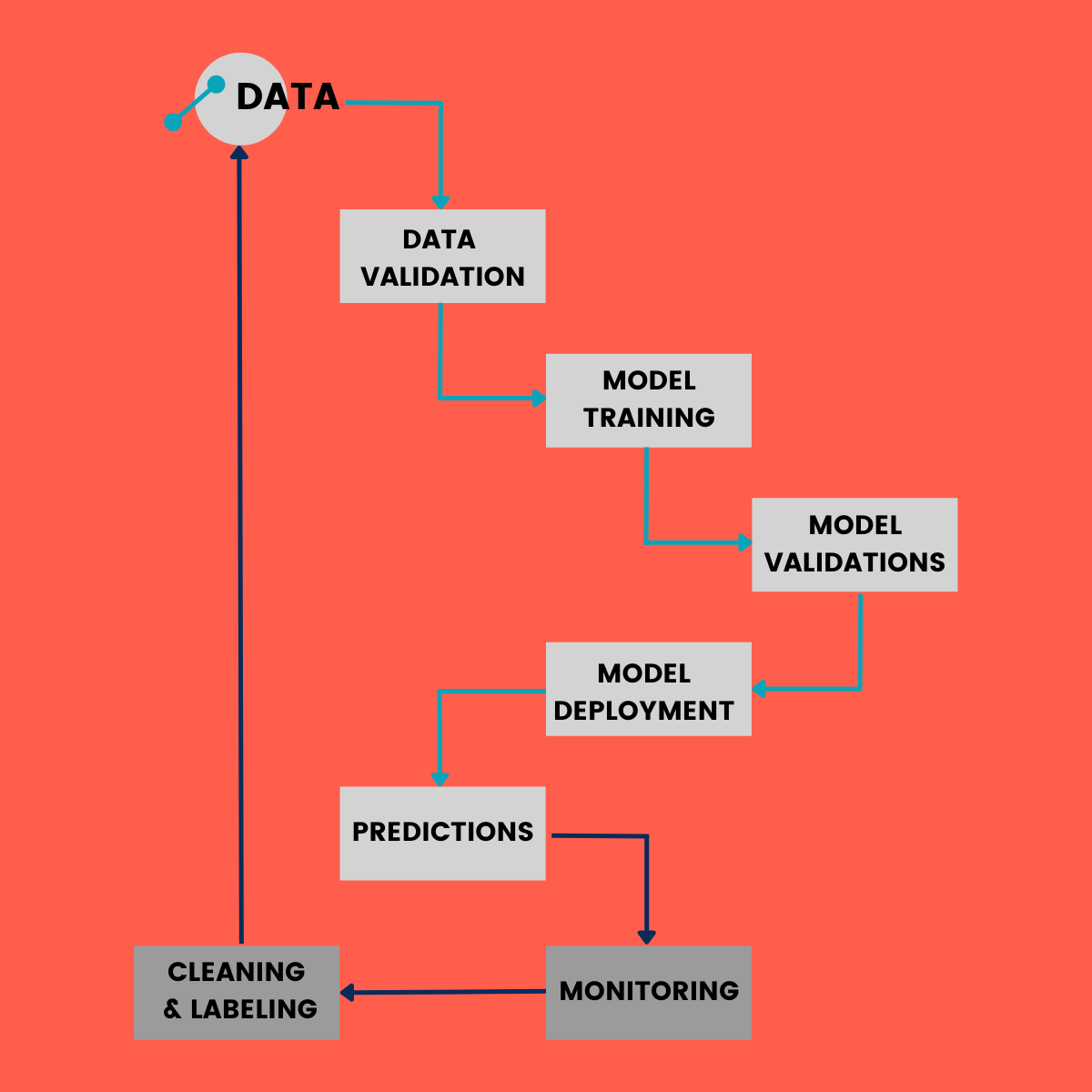
| Continues machine learning pipeline |
Data: Every ML model needs a good pool of data that are able to represent the problem we are willing to solve. The creation of a consistent and generalized dataset is the most relevant step. Without this all modern research and automation will go in vain.
Data validation: This brick consists in monitoring the quality of data fed to machine learning. It is important to detect anomalies specifically in data fed into the chosen model.
Model training: Once the model is defined, it is needed to train it. Training refers to the process of allowing a machine learning algorithm to automatically learn patterns based on data. It happens in two modes, by observing which signals make an answer correct or incorrect or by discovering the patterns in data without giving the correct answers.
Model validation: In order to deploy a model in production it is needed to run tests in order to confirm its capacities. This step often is the most underrated aspect of creating a ML pipeline. At the same same it is helpful to understand your model and, most importantly, estimate an unbiased generalization performance.
Model deployment: If we are satisfied with the results we can then use the model in real case scenarios.
Predictions: Once the model is in steady state, it will start to infer on the use case.
Monitoring: Predictions are monitored and stored in order to process them.
Cleaning & labelling: After the labelling job on new predictions, it is time to close the loop. The new dataset (composed of the initial data and the predictions) will be fed into the training and validation processes again.
Main features: why is continuous machine learning important?
The CML represents a real breakthrough in the world of Artificial Intelligence. Usually, classical algorithms perform a singular task on the basis of specific data. What happens when the data changes?
We all know that it changes rapidly and constantly, so it was essential to find a model that could frequently learn from a stream of data. Continuous learning makes this possible, greatly improving model performance and saving time through self-adaptive models.
Thus, the two main features of CML emerge. We are talking about scalability and adaptability.
Generally, collecting a large data set is very challenging. Although we can retrain traditional ML models, it becomes more complicated when the new incoming data is different from the data with which we performed the machine learning model training. It is important for the models to learn from this data and perfect their predictions to obtain meaningful results. Therefore, continuous machine learning models meet this need.
In addition, CML models can filter and process data quickly to reduce the amount of data that needs to be processed.
It should be added that this innovative type of learning allows multimodal-multitask learning. This is useful when you have multiple streams of data from different sources and at the same time you want to solve different tasks. ML methods would require a lot of effort into learning the data and retraining it whenever there is new information from the data streams. Therefore, multimodal-multitask learning enables asynchronous alternate training of tasks and only updating the model on the real-time data available from one or various sources.
CML is a good example of how Artificial Intelligence is becoming more and more innovative and requires less human intervention.
In the future what tasks can A.I. do better than humans?
© Copyright 2012 – 2023 | All Rights Reserved
Author: Niccolò Cacciotti, Head of AI Department
Introduction
Machine learning is the best-known branch of Artificial Intelligence, while deep learning is a specialized subset of machine learning. Both are areas of study of great interest. Recently, a learning technique that is gaining more and more importance and relevance is continuous machine learning (CML). What is it?
It is a methodological approach that is able to learn and adapt dynamically like humans do.
In general, the concepts that belong to the world of A.I. might seem difficult and far away from everyday life. Wrong. It is not like that at all.
They are more entrenched than you can imagine, in fact, a concrete use of continuous learning can be found in healthcare.
Here, instead, is a simple and practical example of this type of learning.
You are finishing watching the movie you started at home on your TV or in the metro from your smartphone and movie suggestions appear. It happens always and many times you like them and choose and start a new film straight away. Don’t you?
As you may well notice, these recommendations about what might interest you always change over time according to your new tastes or even new movies released. Well, that’s continuous learning.
Definition: what is continuous machine learning?
Continuous machine learning succeeds in solving and overcoming the limitations of machine learning. How? To understand it better, it is necessary to first define what machine learning is.
Machine learning (ML) is a part of Artificial Intelligence that uses algorithms to enable software to learn data without human intervention. A ML pipeline is the end-to-end construct that organizes the flow of data into a machine learning model. It starts with raw data input and ends with prediction outputs.
Below in detail how it works.

Machine learning pipeline
The problem, however, concerns the data. In fact, we take for granted that the data will be similar to that on which we carried out the training. This is not always the case. This is where continuous machine learning comes in.
Also called continual learning or lifelong learning, it is able to emulate the human being’s ability to continuously acquire and refine information. Thus, not only it can update the prediction model to include all the various tasks and data, but it is able to preserve, accumulate and reuse the knowledge learned over time. It doesn’t forget past and present learning experiences and it adapts to its specific tasks.
The result is high precision and high task performance due to the new data being used to automatically reprocess the model.
Continuous machine learning pipeline
Starting from the considerations related to the classical machine learning pipeline, CML offers the possibility to evolve the workflow and close the loop. This upgrade allows to make the entire process completely dynamic and thus able to modify its paradigm.
Let’s focus in depth on the algorithm.

| Continues machine learning pipeline |
Data: Every ML model needs a good pool of data that are able to represent the problem we are willing to solve. The creation of a consistent and generalized dataset is the most relevant step. Without this all modern research and automation will go in vain.
Data validation: This brick consists in monitoring the quality of data fed to machine learning. It is important to detect anomalies specifically in data fed into the chosen model.
Model training: Once the model is defined, it is needed to train it. Training refers to the process of allowing a machine learning algorithm to automatically learn patterns based on data. It happens in two modes, by observing which signals make an answer correct or incorrect or by discovering the patterns in data without giving the correct answers.
Model validation: In order to deploy a model in production it is needed to run tests in order to confirm its capacities. This step often is the most underrated aspect of creating a ML pipeline. At the same same it is helpful to understand your model and, most importantly, estimate an unbiased generalization performance.
Model deployment: If we are satisfied with the results we can then use the model in real case scenarios.
Predictions: Once the model is in steady state, it will start to infer on the use case.
Monitoring: Predictions are monitored and stored in order to process them.
Cleaning & labelling: After the labelling job on new predictions, it is time to close the loop. The new dataset (composed of the initial data and the predictions) will be fed into the training and validation processes again.
Main features: why is continuous machine learning important?
The CML represents a real breakthrough in the world of Artificial Intelligence. Usually, classical algorithms perform a singular task on the basis of specific data. What happens when the data changes?
We all know that it changes rapidly and constantly, so it was essential to find a model that could frequently learn from a stream of data. Continuous learning makes this possible, greatly improving model performance and saving time through self-adaptive models.
Thus, the two main features of CML emerge. We are talking about scalability and adaptability.
Generally, collecting a large data set is very challenging. Although we can retrain traditional ML models, it becomes more complicated when the new incoming data is different from the data with which we performed the machine learning model training. It is important for the models to learn from this data and perfect their predictions to obtain meaningful results. Therefore, continuous machine learning models meet this need.
In addition, CML models can filter and process data quickly to reduce the amount of data that needs to be processed.
It should be added that this innovative type of learning allows multimodal-multitask learning. This is useful when you have multiple streams of data from different sources and at the same time you want to solve different tasks. ML methods would require a lot of effort into learning the data and retraining it whenever there is new information from the data streams. Therefore, multimodal-multitask learning enables asynchronous alternate training of tasks and only updating the model on the real-time data available from one or various sources.
CML is a good example of how Artificial Intelligence is becoming more and more innovative and requires less human intervention.
In the future what tasks can A.I. do better than humans?
© Copyright 2012 – 2023 | All Rights Reserved
Author: Niccolò Cacciotti, Head of AI Department

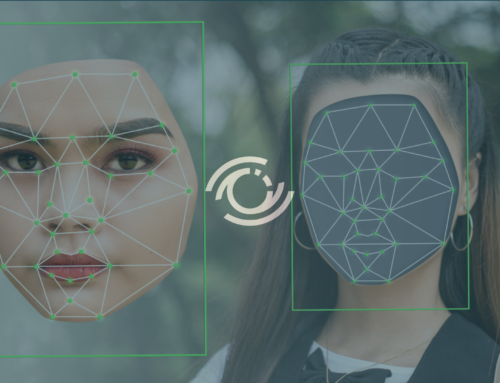
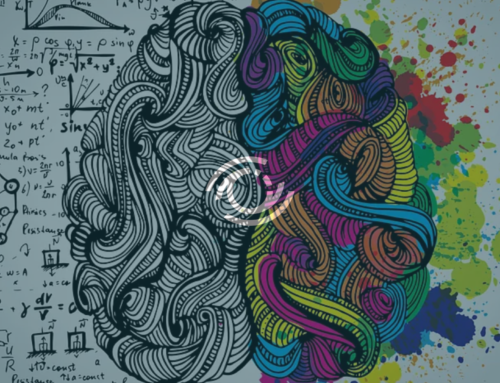

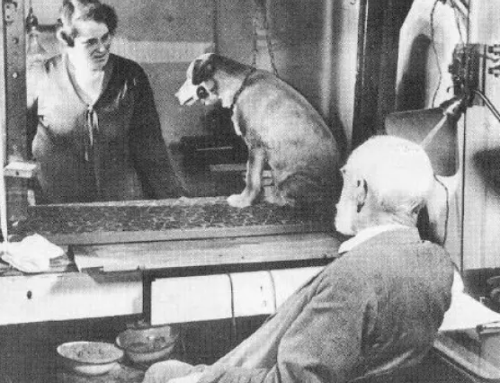

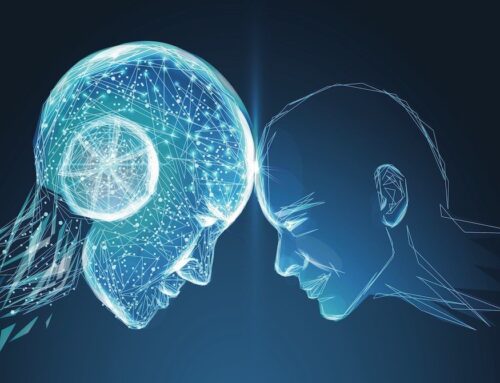
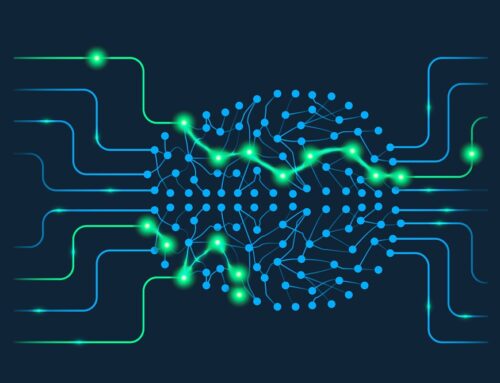

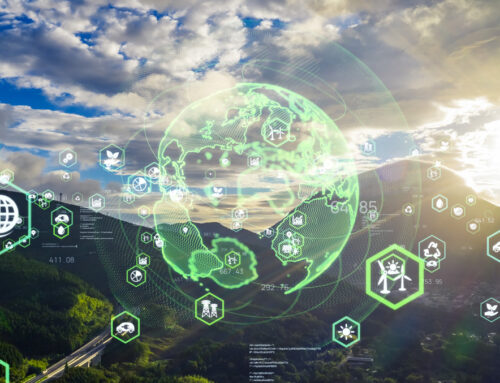

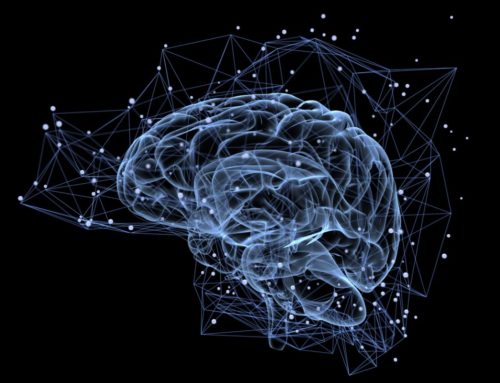
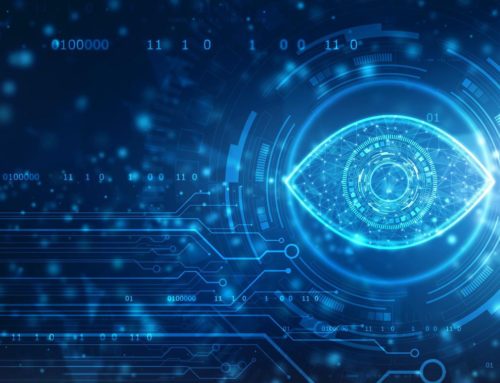
Leave A Comment